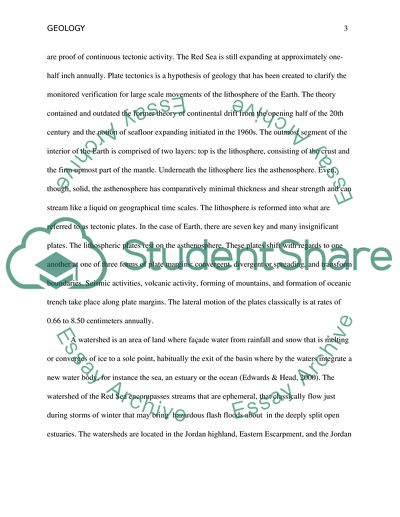Cite this document
(Geological Framework of the Red Sea Research Paper, n.d.)
Geological Framework of the Red Sea Research Paper. Retrieved from https://studentshare.org/geography/1761433-geology
Geological Framework of the Red Sea Research Paper. Retrieved from https://studentshare.org/geography/1761433-geology
(Geological Framework of the Red Sea Research Paper)
Geological Framework of the Red Sea Research Paper. https://studentshare.org/geography/1761433-geology.
Geological Framework of the Red Sea Research Paper. https://studentshare.org/geography/1761433-geology.
“Geological Framework of the Red Sea Research Paper”, n.d. https://studentshare.org/geography/1761433-geology.


